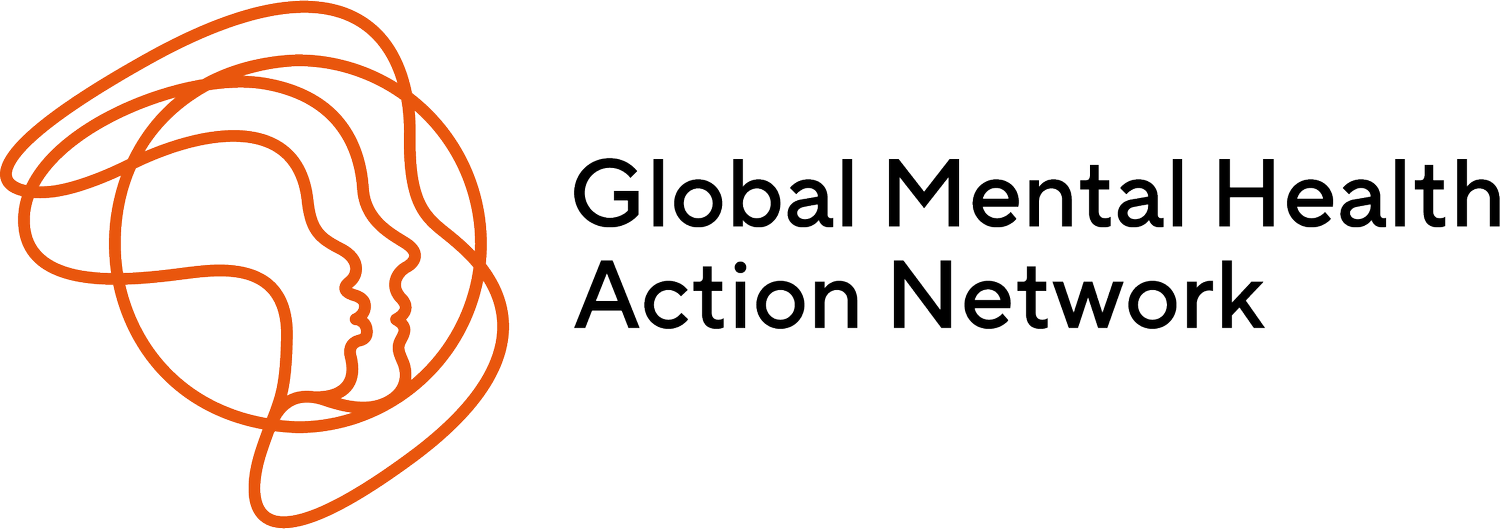MEMBER BLOG: Sharing 5 key insights from nearly 350 adolescent mental health applications
By Sierra Fox-Woods, Program Officer of Panorama’s The Upswing Fund for Adolescent Mental Health
A year ago this week, The Upswing Fund launched in response to an alarming decline in adolescent mental health exacerbated by COVID-19. We set out to mobilize resources quickly to increase the capacity for mental health providers and organizations serving adolescents of color and LGBTQ+ youth – two groups of young people who have long faced significant barriers to health care access.
To-date, The Upswing Fund has awarded 92 organizations across the United States with a total of more than $11 million.
With the one-year anniversary of our launch this week, we’ve been reflecting on our work and analyzing lessons learned for the field of adolescent mental health. I recently wrote a blog for Philanthropy News Digest outlining the ways we expedited our grantmaking to be more responsive to the real-time needs of our applicants, and many of our takeaways post-grantmaking – including 5 key insights gleaned from nearly 350 applications –are summarized in The Upswing Fund’s first report: An Investment in the Future of Adolescent Mental Health.
Reflecting on our portfolio of grant recipients, it became clear that our approach and network was unique. For instance, most grant recipients were much smaller than are often included in nationwide grantmaking, and nearly all were being led by practitioners, experts, and advocates with lived experience in the populations they served. We’re proud of the investments we’ve been able to make in these national and community-based organizations, but there’s also more we can do to support adolescent mental health more broadly.
We continue to encourage and amplify learnings amongst our network, and we’ve also analyzed all our applications for key insights that might be helpful for other donors and funders in this space.
In looking at our partners’ approaches to care and needs in the adolescent mental health space, these insights were constantly reinforced:
Investment in adolescent mental health is urgently needed nationwide. Many of the states from which we received few or no applications were among the worst ranked in terms of youth mental illness and access to care.
Mental health care does not happen in a silo. This is particularly true for underserved populations where stigma is a hurdle which prevents seeking out help.
Organizations successfully serving youth provide a continuum of care. Programs that build a foundation of trust with youth through a range of non-clinical activities (sports, after-school tutoring, arts, and cultural activities) are successful in delivering mental health care and services as part of a continuum of care which includes prevention and early intervention.
Social service and youth development organizations are inherently designed to provide this continuum of care. Unlike more traditional healthcare centers or clinics, these organizations offer a range of services and referrals to other community-based organizations. These warm hand-offs prevent drop-offs in care and help youth and their families navigate complicated systems like insurance.
Culturally responsive care – at its core—is catered to the unique needs, experiences, and strengths of youth. Leaning into the cultural strengths of a community, rather than focusing on challenges or deficits, empowers youth and their families to advocate for themselves and thrive despite the many systemic challenges which prevent equitable access to mental health care and well-being services.
Taken together, these insights reiterate the importance of investing in community-based and culturally responsive mental health care. Adolescent mental health requires a broad range of systemic changes but an action that will have immediate impact is to increase capital going to these direct service organizations to ensure that all youth—regardless of race, identity, and access to insurance—can get the care that they need.
To learn more about how we work and our network of Upswing partners, please visit our website. If you share our goal to close gaps in care for adolescents of color and LGBTQ+ youth and to learn more about partnering with us, contact Jennifer Cho at jennifer.cho@panoramaglobal.org.
